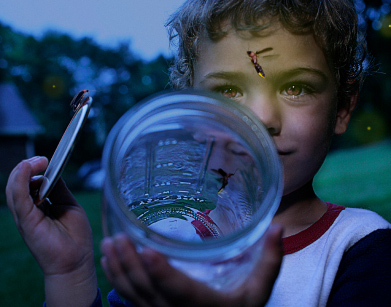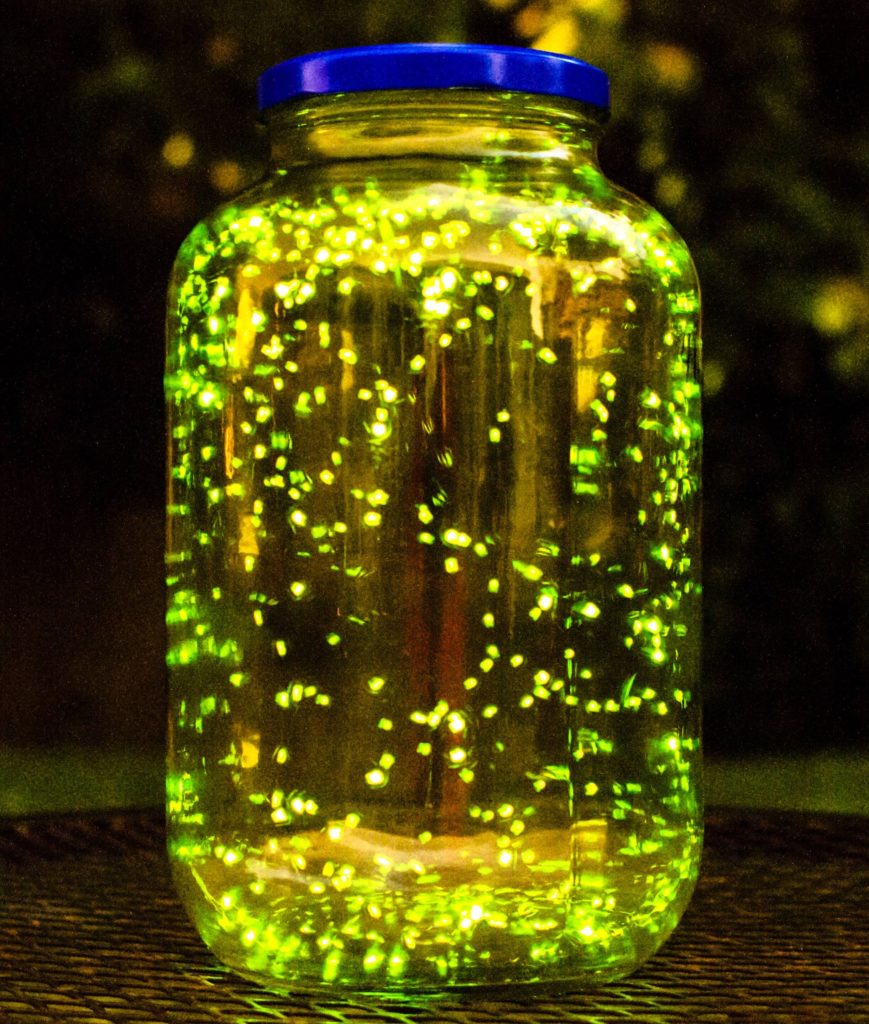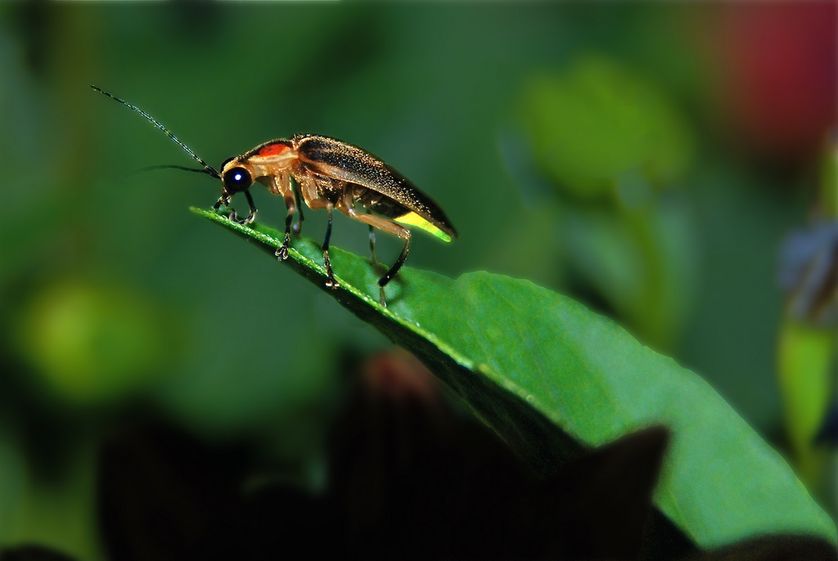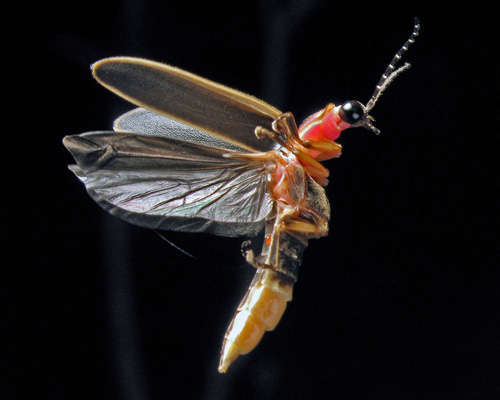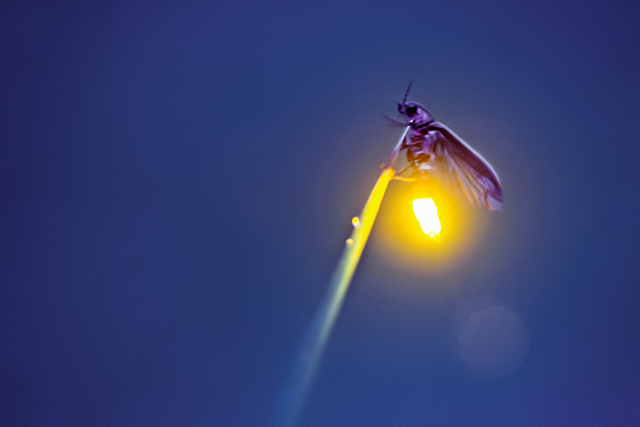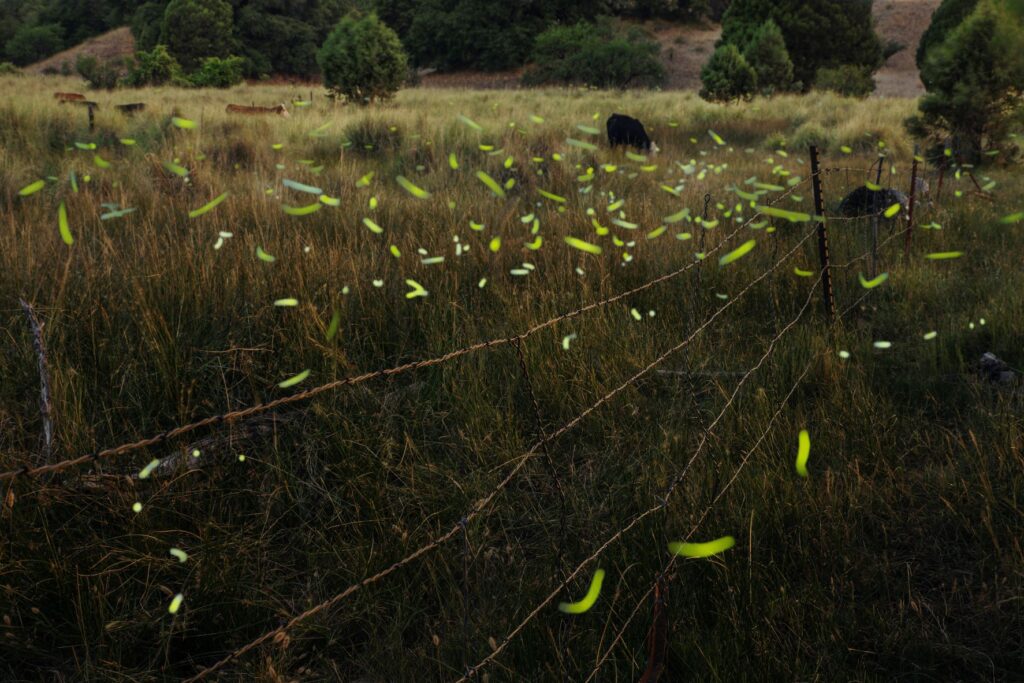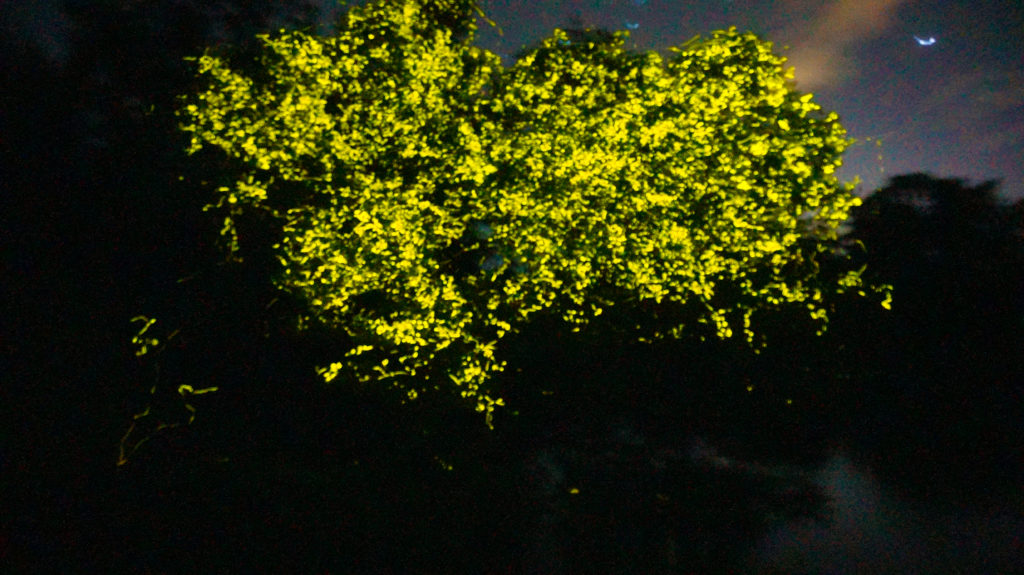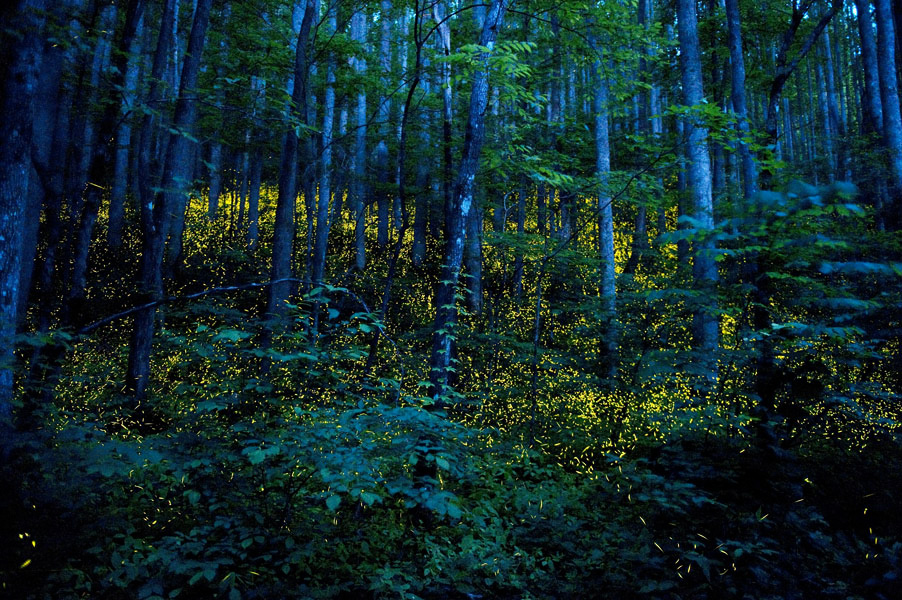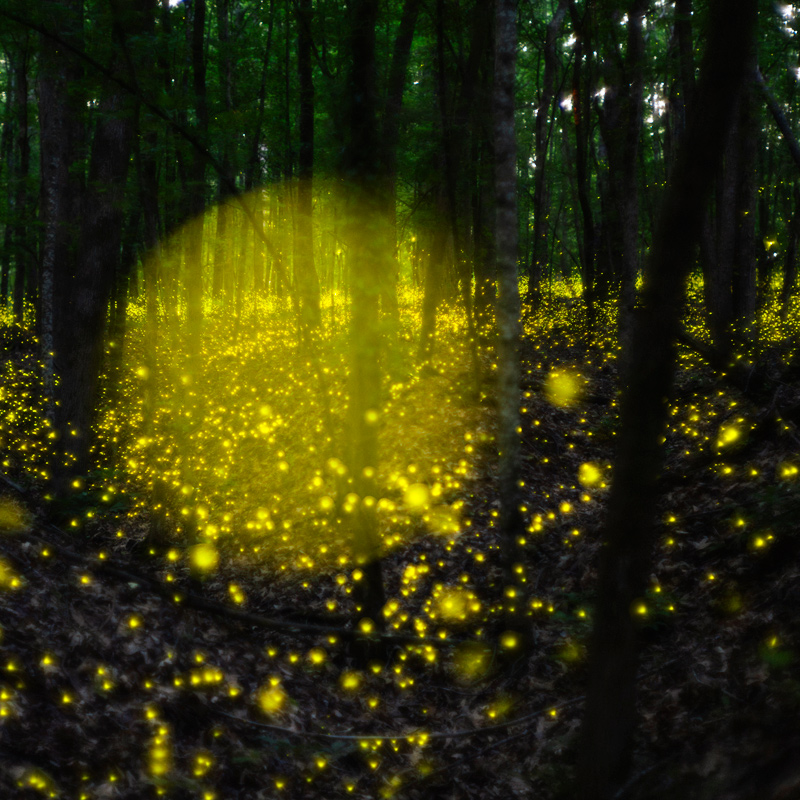GLOWING, GLOWING, GONE.
Fireflies light up our yards on hot summer nights, and many of us have cherished memories of them. But fireflies are disappearing all over the country—and all over the world.
A resource for firefly lovers—and scientists
Firefly Conservation & Research is an organization with two missions: to support firefly research and conservation, and to spread the message that fireflies need our help.
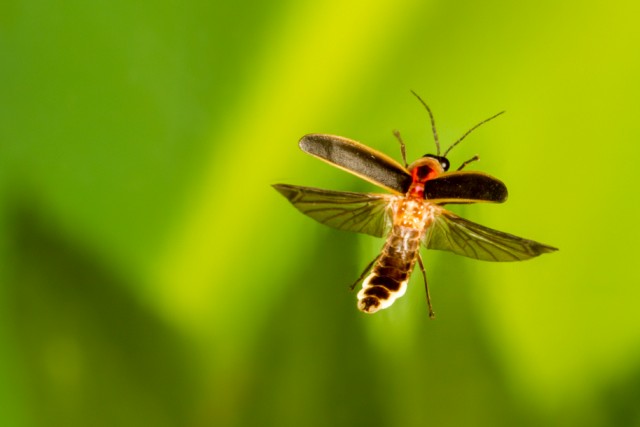
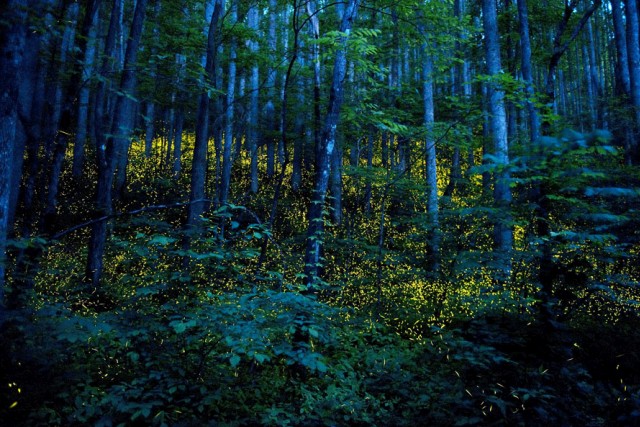
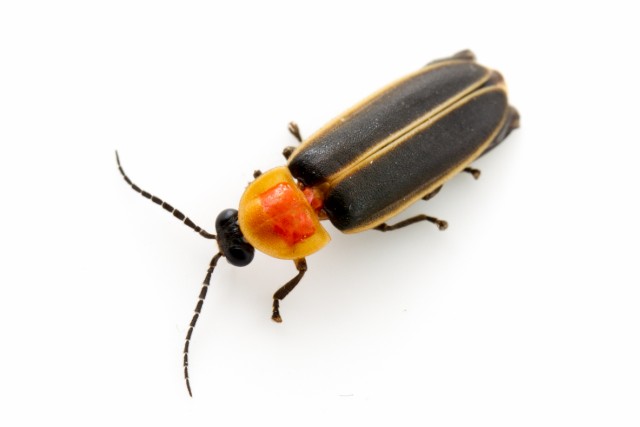
Learn About Different Types of Fireflies
Scientifically, fireflies are classified under Lampyridae, a family of insects within the beetle order Coleoptera, or winged beetles. There are estimated to be 2000+ firefly species spread across temperate and tropical zones all over the world. Start here to learn about the different genera and species across the world. Read More
Certify Your Firefly Habitat
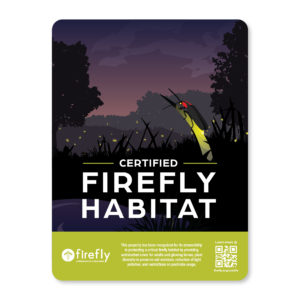 Join the growing movement to protect fireflies by protecting their habitats. Fireflies are losing many of their critical native habitats due to rapid changes in our lands and watersheds. Certify your land to help designate it as a protected firefly habitat. Every habitat, no matter how big or small, is valuable.
Join the growing movement to protect fireflies by protecting their habitats. Fireflies are losing many of their critical native habitats due to rapid changes in our lands and watersheds. Certify your land to help designate it as a protected firefly habitat. Every habitat, no matter how big or small, is valuable.
Every sign comes with a downloadable guide on how to create firefly habitats, covering how to accomplish the four major elements of good firefly habitat that include undisturbed cover, plant diversity, minimized light pollution, and limited pesticide use. Each sign purchase helps fund signs for community parks, preserves, and nature areas that can’t afford them.
How to Build Firefly Habitat
Gardeners often don’t realize gardens make for great firefly habitat, helping to replace lost natural habitat. The common firefly — the Big Dipper firefly (Photinus pyralis) — readily takes to an organic habitat. The trick is to make your garden as inviting as possible for fireflies to take up residence. Read More
Flash Guide to Texas Fireflies
We’ve put together the first comprehensive field guide to Texas fireflies ever published. See flash patterns, habitat and distribution info, and identification at a glance for the main genera in Texas. Read More
Take Action To Help Fireflies
Your charitable donation helps fund our research and educational programs into Texas & US fireflies—as well as support the work of other scientists. It also funds our presentations across the state to educate organizations and the public about firefly conservation.
Let’s all work together to help fireflies make a comeback.
Make a Donation
About Firefly Conservation & Research
Firefly Conservation & Research, is a recognized firefly conservation and educational organization working to conserve fireflies and their habitats through conservation, education and research efforts. Our mission is to help lead the charge to conserve fireflies in the US and illuminate the threats to their existence.
Fireflies are important components of our riparian ecosystems, and their dazzling flashes are well known. Our enjoyment of them is part of the human experience with nature and helps us to understand how vital their habitats are to our planet and why they must be preserved for future generations. Firefly Conservation & Research was founded by Ben Pfeiffer in 2009.
This site is a educational resource on fireflies, also known as lightning bugs. We’ve got information on why fireflies are disappearing and what you can do to help. We’ve also got answers to frequently asked questions about fireflies, from why they glow to what they eat.
In addition, you can share pictures and stories, connect with other firefly fans, and document your firefly sightings online.
Check out our online resources to learn more about fireflies—and how you can help them make a comeback.
You may know fireflies by another name, they are sometimes referred to as fireflys, lightning bugs, glow worms, or luciérnaga. Fireflies have many different names in foreign languages, here is a full list of
common and uncommon names for fireflies in another language.

